Eight years ago, I was standing at a street corner in Portland, Oregon, waiting for the crosswalk light to change so I could cross the street and get some coffee. I knew from experience that it was dangerous to assume that drivers will be careful at the crosswalk, so when the light changed, I didn’t step into the intersection immediately.
Just before the light changed,
one last motorist rushed to get through before the light changed. And then another motorist blew through the red light—blew, not rolled, through the red light—and turned right. This motorist probably never even saw me waiting to step into the crosswalk, because although she was turning right, she was looking left, over her shoulder, for oncoming traffic. I waited for her to finish her illegal move, said “nice stop” to no one in particular, and stepped into the crosswalk.
I didn’t get hit by this driver, because I’ve come to expect that behavior from motorists. Virtually every driver I’ve ever seen waiting at a stop to make a right turn looks over their left shoulder for an opening in traffic, and when there is an opening, the driver turns right, still looking over their left shoulder. They never look right to see if a pedestrian is in the crosswalk, approaching from their right.
Well, almost never. Some drivers do look right as a kind of afterthought, but clearly their minds are focused on not getting hit by oncoming traffic. It almost never really occurs to drivers that there might be somebody legally in the crosswalk- somebody who has the legal right of way, and to whom they must yield before turning. And because this never even occurs to most drivers, it never occurs to them that they are required by law to look in the direction they are turning. Sure, they might give a quick glance to the right, before turning back to oncoming traffic with a laser-like focus. And then they turn, without ever having checked to see if they’re turning into a pedestrian who is on their right.
I was reminded of this again last week, when a San Jose driver made a right turn from a parking lot and hit two cyclists in a horrific bicycle accident. One of the cyclists was killed, the other critically wounded. [Update: The second bicyclist succumbed from his injuries some three months later, on October 13, 2019.]
- Related Article: The Truth About Bicycle “Accidents,” Crashes, and Collisions
- Related Article: Why We Say “Bicycle Accidents” Are Not Accidents
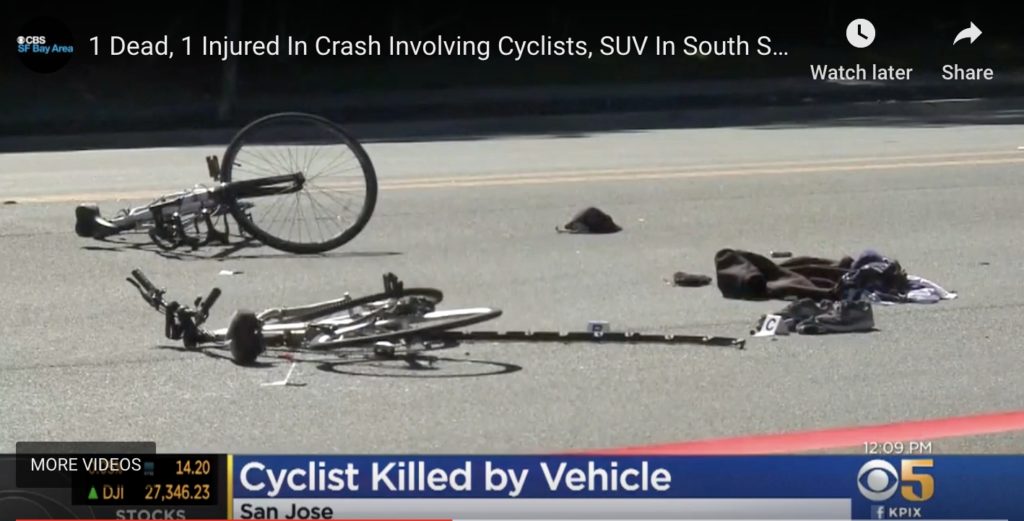
How did it happen? Media reports have been sketchy so far, but after analyzing Google street view, video of the crash scene, and photos of the crash scene, including skid marks, the angle of the vehicle when it finally came to a stop, I think I understand what happened here.
Let’s start with what we know to be fact. The two cyclists were riding south on Vistapark Drive, just south of West Capitol Expressway. The driver was exiting the Bonfare Market parking lot at Vistapark, and turning right.
Based on the evidence available so far, it appears that upon exiting the driveway, the driver attempted to cross two lanes of traffic in a short distance to get into the left turn lane. And the skid marks she left on the road suggest that she was accelerating very quickly as she made her right turn and entered the roadway.
That brings me to the observation I made eight years ago about right-turning drivers—in my experience, after observing countless drivers making right turns, most drivers will look left and turn right without even looking to their right before they turn. Some drivers will look left, then right, then left and turn right without looking right. Very few will actually look left, look right, then left, then look right again as they are turning. Most drivers simply don’t expect anybody to be to their right when they turn, so they don’t even bother to look.
And that’s exactly what I think happened here. As the driver exited the parking lot, my guess is she was looking left. It’s not even clear that she stopped before entering the roadway. What is clear is that she left a long parallel arcing set of skidmarks across the roadway, extending through the crash scene, suggesting that she was gunning it as she entered the roadway, trying to cross two lanes to get to the left turn lane. Because she was looking left, she never saw the cyclists to her right, and because she was accelerating, there was no time for her to hit the brakes when she saw them—assuming she saw them. The cyclists never stood a chance.
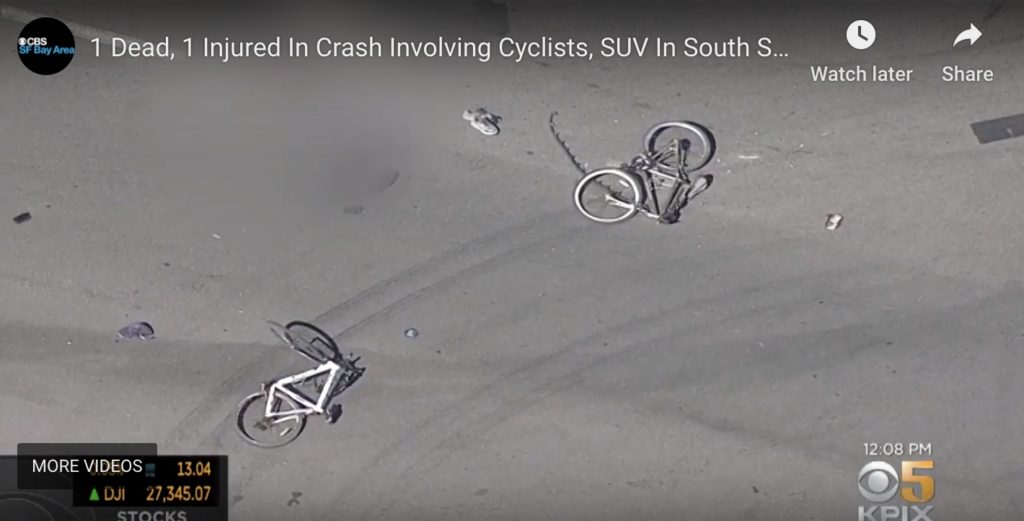
Both cyclists were taken to the hospital with life-threatening injuries. Johnny Chu, 70, was pronounced dead at the hospital; his riding partner, Liem Do, remains hospitalized in critical condition, with bruised internal organs, a broken leg, and a head injury that required surgery.
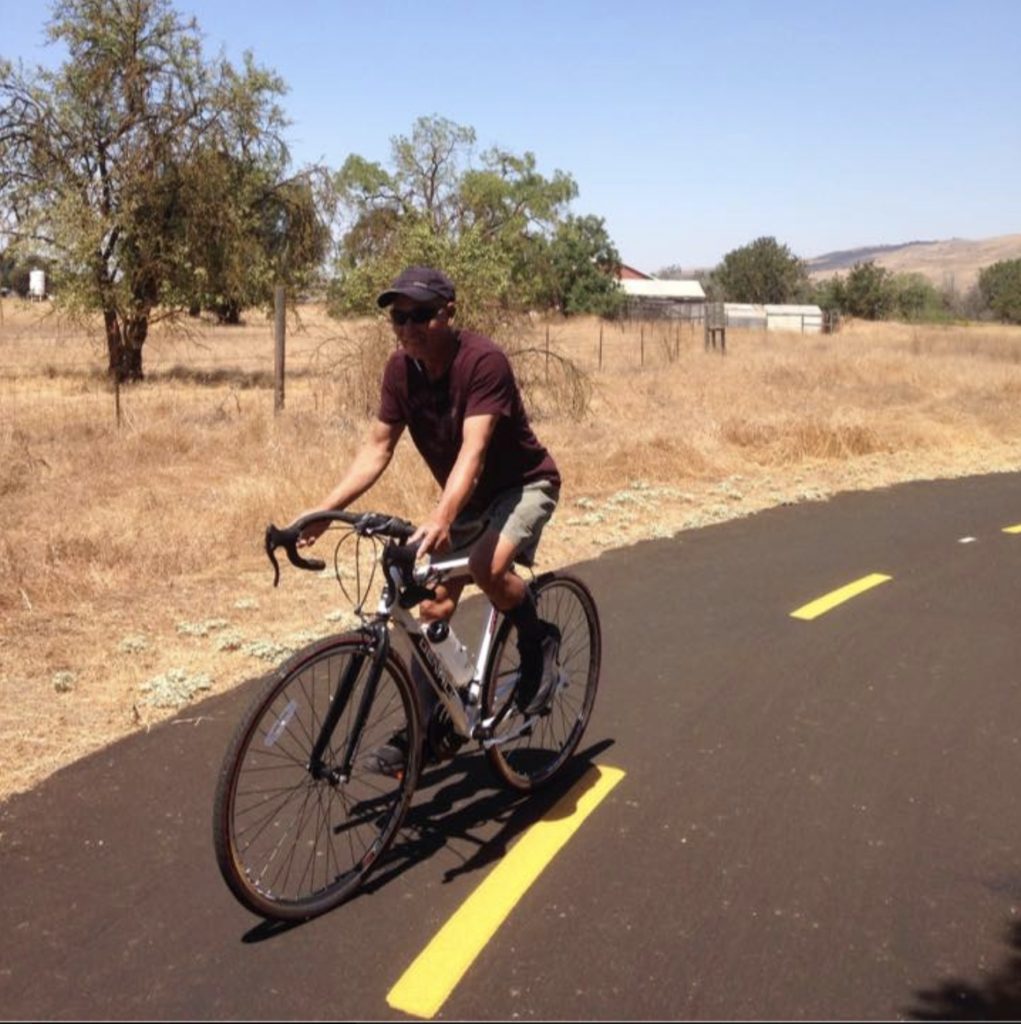
Johnny Chu
This was the second fatal bicycle “accident” this month in San Jose. On July 9th, avid cyclist Robert Lavin, 62, was on his daily ride; within a few minutes of beginning his ride, he was hit by a car, a mile from his home. When officers arrived, they found Lavin lying in the road; the driver had fled the scene. Lavin was taken to the hospital, where he succumbed to his injuries.
When Lavin failed to return home, his wife checked for his phone signal on her iPhone locator app, but there was something strange that alarmed her—his phone signal, barely a mile away, wasn’t moving. Worried, she got in her car and went to see where he was. What she found was the stuff of nightmares—a crash scene, police cruisers, and crime scene tape.
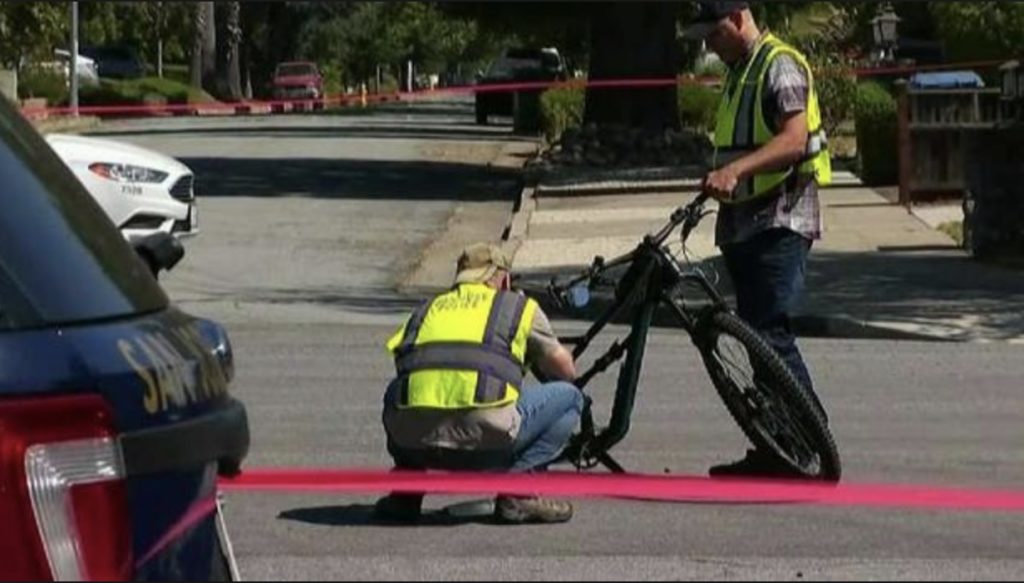
The driver, identified as Anthony Trusso, 35, was arrested later that night on suspicion of hit and run and vehicular manslaughter. “He just ran,” Lavin’s wife later commented. “Other people ran out of their houses to help, and he ran away.”
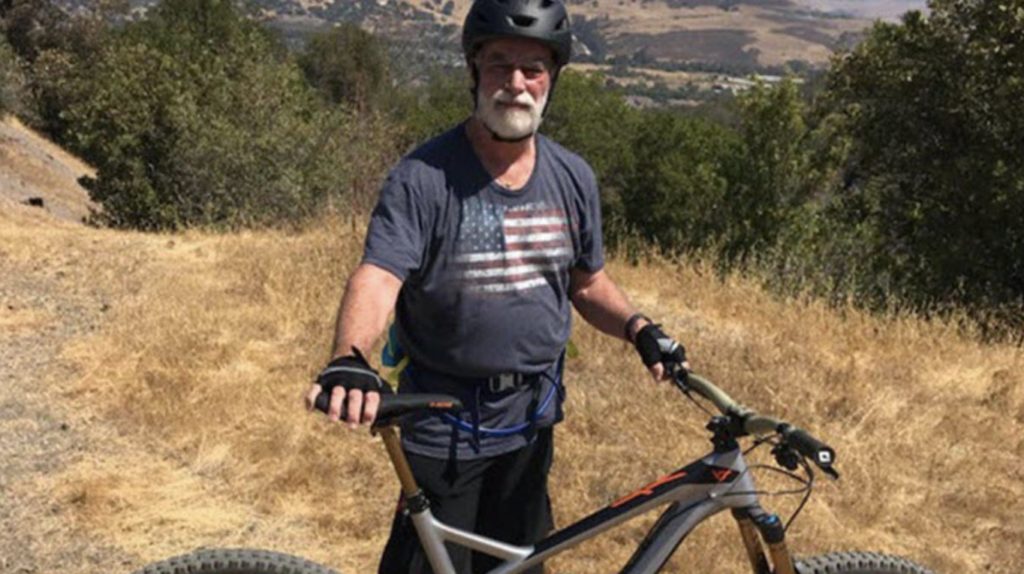
Robert Lavin
Lavin’s death was the 24th traffic fatality in San Jose this year. Chu’s death was the 26th traffic fatality, and the 3rd cycling fatality in San Jose this year. The first fatal bicycle accident this year occurred on June 10, when police responding to a report of a cyclist down found Daniele Lanzani, 69, of Milan, Italy lying in the roadway, apparently the victim of a solo crash. Lanzani passed away 6 days later in the hospital.
The bicycle accident that really captured the public’s attention this year came on January 1, when San Jose Mayor Sam Liccardo, an avid cyclist, broadsided an SUV that unlawfully failed to yield to him in an intersection. Mayor Liccardo was taken to the hospital with several broken bones, scrapes, and bruises; police cited the driver of the SUV for failure to yield.
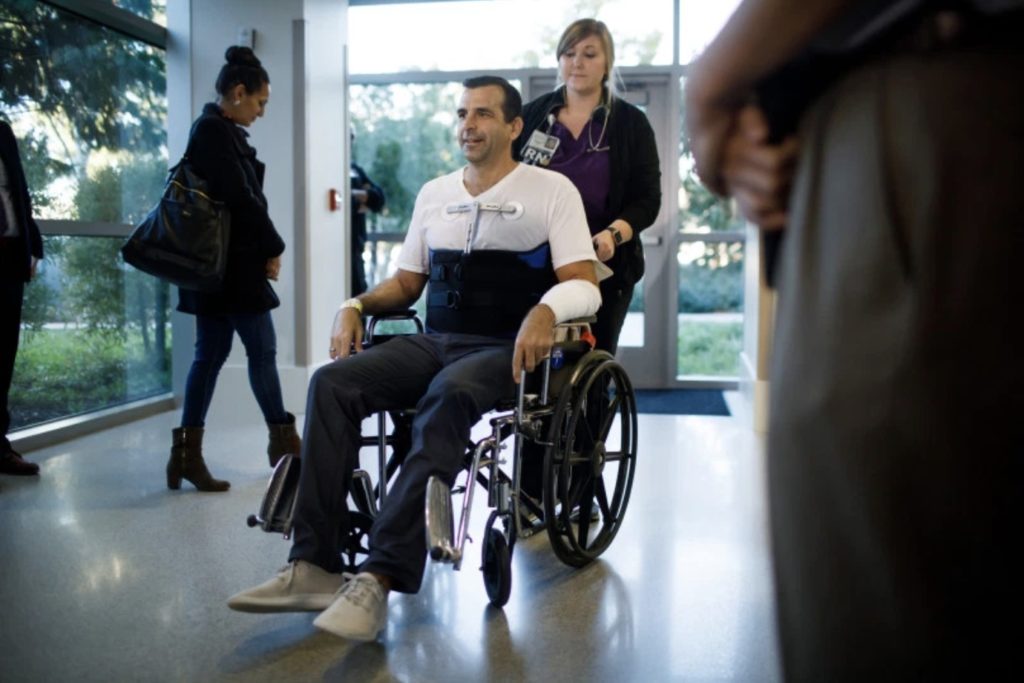
Sam Liccardo
Although typical law enforcement and media responses to a bicycle fatality can often be a frustrating “blame the victim” message, the responses from both the San Jose Police Department and local media to the crash that took a cyclists life this week were exemplary. Police spokesperson Officer Gina Teeporten correctly placed the responsibility where it belonged:
“Any time you’re exiting a parking lot, you have yield to pedestrian, vehicle traffic, as well as bicycles. So, the bicyclists would have the right of way because they were already in the roadway traveling southbound on Vistapark.”
And refreshingly, there were no similar warnings to cyclists to “obey the law.” This is an important improvement in reporting, because admonishments for cyclists to “obey the law” suggest that somehow the cyclist was to blame for the collision. In fact, we heard quite a different perspective:
Gene Hill, a resident of the area for 47 years, says drivers can be seen rolling through nearby stop signs all the time.
“But, it’s really tough for bicyclists. There’s a huge amount of traffic on this street. I admire them getting their exercise and getting out in this beautiful air. It’s a nice neighborhood. But I’m sorry this sort of thing happens,” said Hill.
In the wake of this senseless tragedy, the approach of police and media in reporting what happened represents a refreshing and much-needed change in how we talk about bicycle accidents.
There’s one other lesson to be learned from these two crashes. When Anthony Trusso ran Robert Lavin down and then fled the scene, leaving the mortally wounded man lying in the street, he committed two crimes—Hit and Run, and Vehicular Manslaughter. Both of these crimes can be charged as either a misdemeanor or a felony, depending upon the circumstances and the severity of the injuries. At this time, the exact charges the District Attorney will file remain to be seen.
It also remains to be seen what charges will be filed against the driver who ran down two cyclists last week, killing one of them and critically injuring the other. It’s possible she could be charged with a crime, but it’s also possible that she could be charged with a traffic violation instead. The charges will depend on the circumstances of the collisions, which haven’t been publicly released yet.
And these two collisions illustrate some of the problems with how we think about collisions that result in serious injury or death. If you commit a hit and run, you’re a criminal, and society demands that you pay a penalty for your crime. And this is exactly as it should be.
But if you hit somebody with your vehicle and you remain on the scene, you might get charged with a crime, if the collision itself involved a criminal act. But you might also be charged with a non-criminal traffic violation, even though a serious injury or death resulted, because in our society, carelessly killing somebody often isn’t considered serious enough to warrant criminal charges. At most, the driver might have to pay a traffic ticket. And while the driver’s insurance company will be negotiating a settlement with the injured person or their family, the driver isn’t involved, and will likely never have to cover any of the costs associated with paying the injured party, or his or her survivors.
While this state of affairs seems normal to us today, it would have seemed outrageous to most people 100 years ago, when drivers who killed were publicly labeled “remorseless murderers,” and heavy fines and jail time were the expected outcome in traffic injuries, and charges of manslaughter and murder were the usual response to traffic fatalities.
Today, that might seem excessive in our society, but it seems just as excessive to vulnerable users like cyclists and pedestrians that drivers can kill and get nothing more than a traffic ticket. Clearly, we can, and more importantly, must do more to impress upon drivers that with their driving privilege comes great responsibility, and that seriously injuring and killing people through careless acts is not “just an accident” and that like hit and run or DUI, won’t be tolerated. Somewhere between calling a careless act “murder,” and calling a traffic fatality a minor traffic offense is where our society needs to be if we want true safety on our roads and true justice in our courts.
A memorial ride for Robert Lavin will gather at San Jose City Hall on August 2nd at 6 PM.




